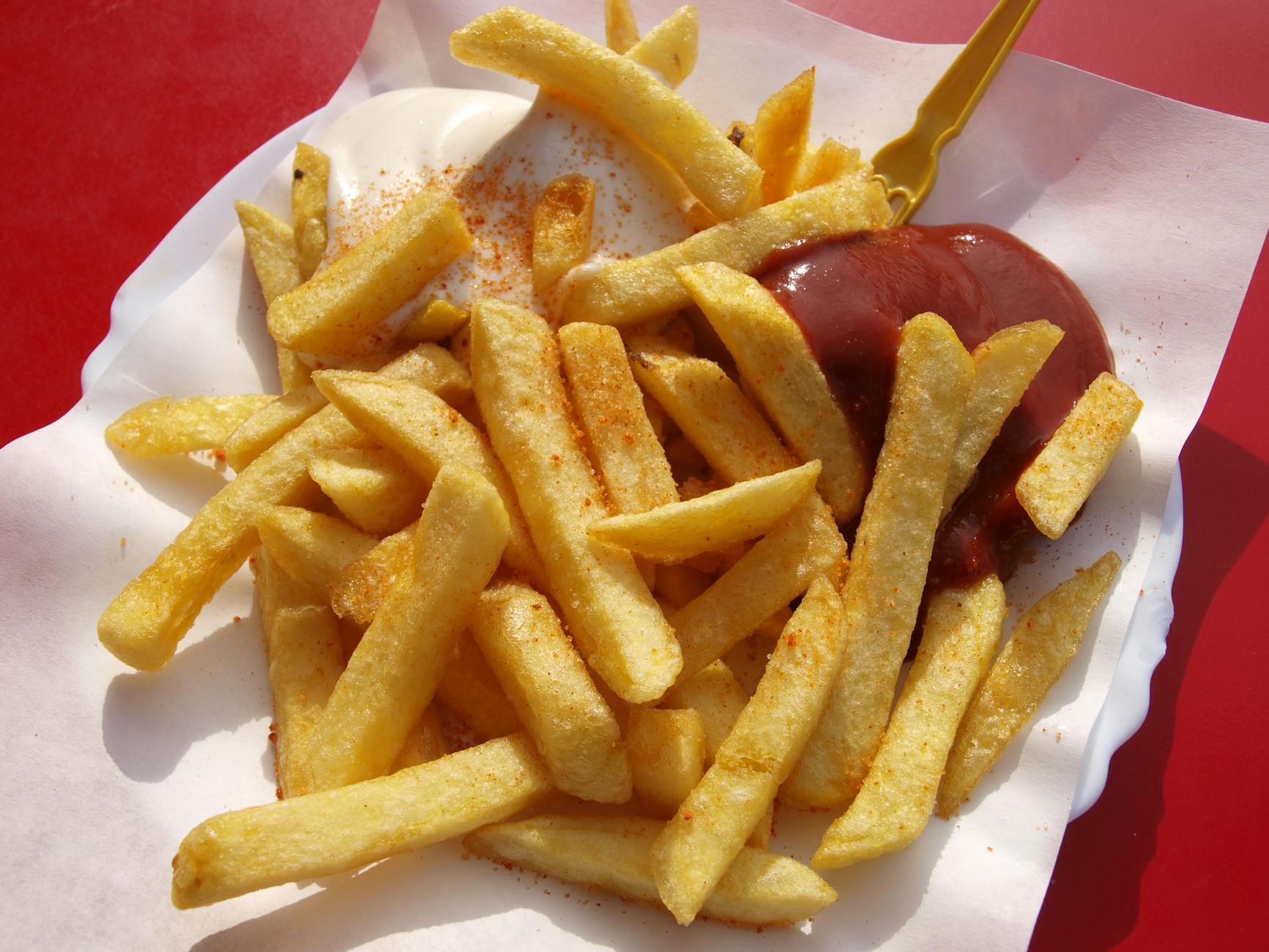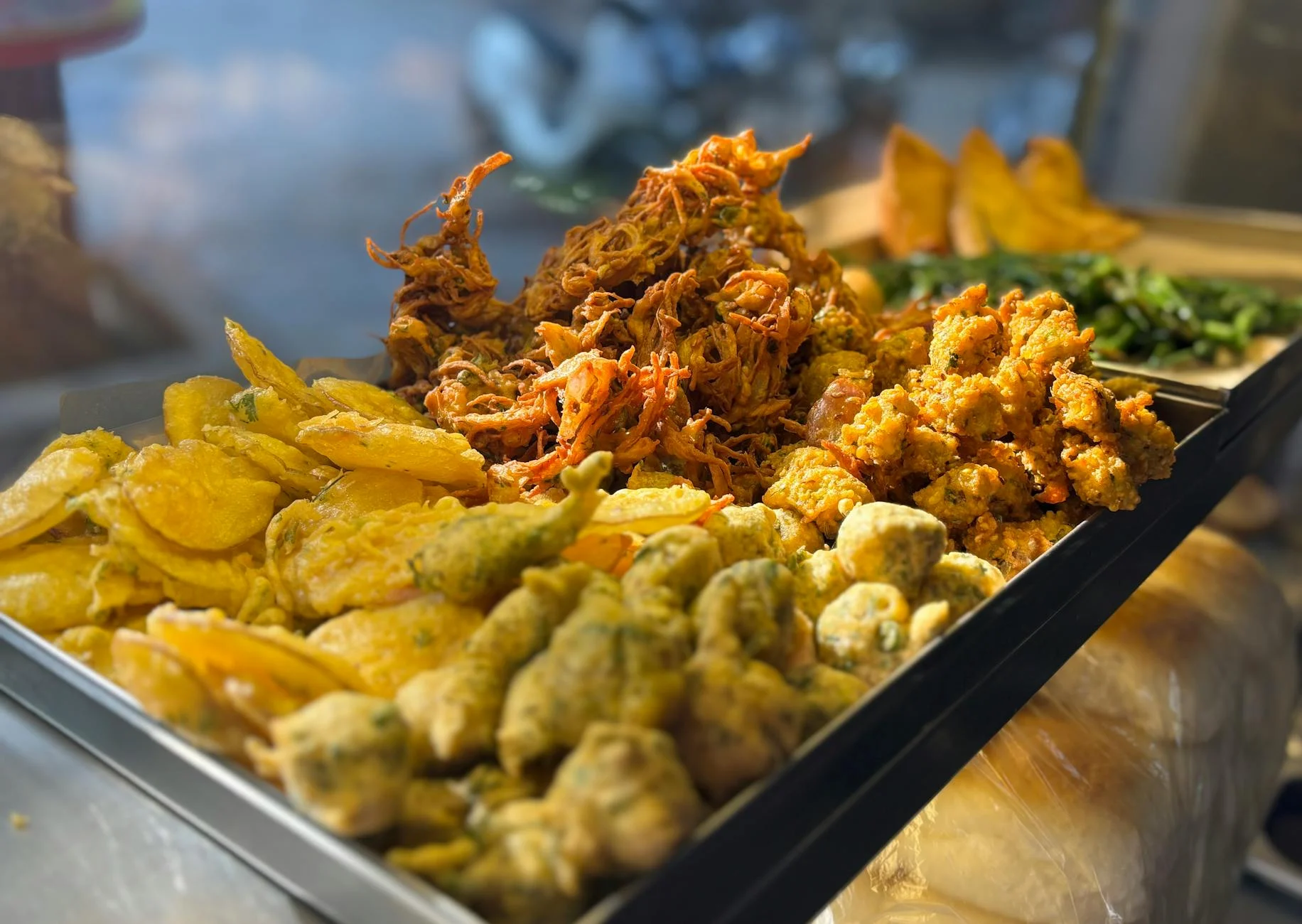Street Food France in Nice: Seafood Cleaning Skills at the Market

A photo-realistic image capturing the bustling street food markets of France, featuring vendors and delicious local delicacies under cinematic lighting.
Dawn in Nice is a whisper of light on stone streets, then a rush. Crates hit counters, blades flash, gulls circle overhead. At Cours Saleya and Place Saint-François, fishmongers set up with speed and care. You see skill in every gesture, and you smell the sea in the air.Seafood Cleaning Skills at the Market
If you like fast, tasty bites, simple seafood cleaning skills unlock flavor and save money. Cleaned well, a sardine needs only lemon and salt. A squid, trimmed right, cooks in minutes. This is how Street Food France tastes best, quick and fresh, no fuss. Street Food France
This guide shows you where to buy, what to choose, and how to clean fish, squid, and shellfish in a safe, neat way. You will get market tips, step-by-step basics, and easy cooking ideas that work at home. You will also find when to go, what is in season, and how to store your catch. Ready to bring the market to your plate? Street Food France
Best Fresh Fish Markets in Nice for Hands-On Seafood Skills Street Food France
For the freshest choice, go early. The fresh fish market Nice France scene runs on dawn light, not lunch time. The classic stop is the fish market at Place Saint-François in the Old Town. It runs most mornings, except Monday, with local buyers and quick service. Timetables can shift, so check a current guide like SeeNice’s fish market listing. Municipal listings also post dates for the Marché aux Poissons Saint-François. Both help you plan your visit.Seafood Cleaning Skills at the Market
Cours Saleya is the lively ribbon of stalls in the old quarter. Flowers, produce, herbs, and some seafood stands fill the square most mornings. A helpful overview of schedules sits on The Good Life France’s Cours Saleya guide. Monday brings antiques, Tuesday to Sunday brings food. You can scout ingredients for a full street food spread in one lane.
At Port Lympia, fishermen sometimes sell from boats on select mornings. It is not guaranteed, but when it happens, the catch is cold from the night sea. Ask at stalls about boat sales and times.
For Nice street food, mornings matter. By 9 am the best sardines, dorade, and squid can be gone. Stalls will often scale or gut fish if you ask, which helps if you are new. Typical species include sardines, anchovies, sea bream, sea bass, mackerel, mullet, cuttlefish, squid, mussels, oysters, and shrimp. Prices vary with size and season. Smaller fish and mussels are usually easier on the wallet. If you want exact stall count and where to stand, a simple directory like Provence-Guide’s Nice fish market page helps set expectations.
Cours Saleya and Place Saint-François: What to Expect and When to Go Street Food France
Cours Saleya buzzes Tuesday to Sunday mornings with produce, flowers, and a few seafood stands. Monday tilts to antiques. It is busy, social, and photogenic. Place Saint-François is lean and focused, a classic fish market with fast service and local regulars. It opens early, and the best choice is early. Port Lympia sometimes has fishermen selling right off the boats on select mornings.
Arrive before 9 am for peak quality. Bring small bills, a reusable bag, and a cooler pouch. Ask nicely if the vendor can clean your fish. Many will scale, gut, or even fillet on request.
What Is in Season on the Riviera Street Food France
You will often see sardines, anchovies, sea bream (dorade), sea bass (loup), mackerel, mullet, cuttlefish, squid, mussels, oysters, and shrimp. Sea urchins appear in cooler months, a winter treat for those who love briny sweetness. Sardines shine in summer, when grills and planchas come out at every gathering. Street Food France
Ask vendors where the fish was caught, and how they would cook it. Local advice is gold. A seller might guide you to the freshest lot or a better value.
How to Choose the Freshest Catch
- Eyes clear and bright, not cloudy.
- Skin shiny and moist, scales tight.
- Gills bright red, not brown.
- Belly firm, no soft spots or tears.
- Smell clean and like the sea.
For shellfish, choose heavy, closed shells. Tap mussels, discard those that stay open. Avoid dry or dull skin and any strong fishy odor. Keep your haul cold in an insulated bag with ice packs, and get it into the fridge fast.
Essential Seafood Cleaning Skills You Can Practice Today Street Food France
You do not need a chef’s toolkit to clean seafood. A sharp knife, a steady board, and care with hygiene are enough. Work neatly to reduce waste. Keep seafood cold before and after cleaning. Move with calm, short motions, and do not rush.
Tools and Setup: Knives, Boards, and Safety Basics
- Fillet knife, flexible and sharp.
- Sturdy cutting board.
- Kitchen shears.
- Fish scaler or the back of a knife.
- Oyster knife and a towel.
- Tweezers for pin bones.
- Bowl for scraps, paper towels.
Put a damp towel under the board to stop slipping. Wash hands before and after handling seafood. Clean the work area right away. A solid primer on safe handling and trimming sits in The Culinary Pro’s fish and shellfish methods.
Scale, Gut, and Fillet a Small Fish
Use a sardine or a small dorade. Work near the sink.
- Scale from tail to head with the scaler or the back of a knife. Rinse quickly to clear loose scales.
- Make a shallow belly cut from vent to head. Remove the guts with your fingers or a spoon. Rinse the cavity fast, then pat dry.
- For fillets, cut just behind the head down to the backbone, then turn the blade and slide it along the bone toward the tail. Keep strokes short and smooth. Repeat on the other side.
- Remove pin bones with tweezers. Wipe the board often. Save heads and bones for stock.
Clean Squid or Cuttlefish Without a Mess
Squid is simple when you know the steps. A quick visual refresher is helpful, and guides like Intershell Seafood’s squid cleaning steps show the basics.
- Hold the mantle in one hand, the head in the other. Pull gently to separate. Most innards come out with the head.
- Find and remove the clear quill from the mantle. Peel the thin skin if you prefer a white finish.
- Trim the tentacles just below the eyes. Squeeze out and discard the beak in the center.
- Rinse quickly in cold water, then pat dry. Score the mantle in a light crosshatch on the inside. This helps tender bites on the grill or plancha.
Prep Shellfish the Safe Way
- Mussels: Scrub the shells, remove beards, and discard any that are cracked. Tap open shells and toss those that do not close. Rinse fast.
- Oysters: Wrap in a towel, cup side down. Insert the oyster knife at the hinge, twist to pop, then slide to cut the muscle. Keep the liquor. Watch your hand position and move slowly.
- Shrimp: Peel, then make a small cut along the back to lift the vein. Rinse briefly and pat dry.
Keep shellfish chilled until cooking. Work clean, then clean up.
Turn Freshly Cleaned Catch into Street Food France Favorites
Street Food France is about speed, bold flavor, and respect for fresh catch. Clean your seafood right, add oil or lemon, and cook hot and fast. Use a skillet, a grill, or a plancha. Do not crowd the pan. Let the heat do the work.
Quick Bites from Nice: What to Try and Why They Work
- Grilled sardines with lemon and olive oil: Rich, smoky, and ready in minutes. Fresh scaling makes skin crisp and clean.
- Beignets de morue, cod fritters: Salt cod or fresh cod works. A light batter and hot oil give crunch and steam inside.
- Aioli with poached fish and vegetables: Garlic mayo with boiled potatoes, carrots, green beans, and a piece of firm white fish. Clean prep keeps the broth bright.
- Anchoïade on toast with olives: Anchovy-garlic paste spread on grilled bread. Add tomatoes or peppers for a quick snack.
- Pan bagnat with anchovies or tuna: A Niçoise sandwich with olive oil, tomatoes, eggs, and olives. Fresh fillets elevate this street side classic.
Pair any of these with a hot slice of socca. Chickpea batter, olive oil, and a blistered edge turn it into the perfect plate mate.
Simple 15-Minute Recipes You Can Make at Home
Pan-seared dorade with garlic, lemon, and parsley
- Ingredients: 1 dorade fillet, olive oil, 1 garlic clove, lemon, parsley, salt.
- Steps: Heat oil until shimmering. Salt fish, sear skin side down 3 to 4 minutes. Flip, add minced garlic for 30 seconds. Finish with lemon juice and chopped parsley.
Mussels with white wine and thyme
- Ingredients: 1 pound mussels, 1 cup dry white wine, 1 shallot, thyme, butter, pepper.
- Steps: Sweat minced shallot in butter, add thyme. Pour wine, bring to a boil. Add cleaned mussels, cover, steam 3 to 5 minutes until open. Pepper to finish. Discard any that stay closed.
Quick sautéed squid with chili and lemon
- Ingredients: Cleaned squid rings and tentacles, olive oil, 1 garlic clove, chili flakes, lemon, parsley.
- Steps: Pat squid very dry. Heat oil to hot. Add squid, garlic, chili. Toss hard for 60 to 90 seconds. Remove, squeeze lemon, add parsley, salt to taste.
Côte d’Azur Sauces and Seasonings That Elevate Flavor
- Extra virgin olive oil and lemon, for clean brightness.
- Garlic and parsley, for a classic finish.
- Basil and herbes de Provence, for aroma.
- Aioli, to serve with poached fish or vegetables.
- Anchoïade, to spread on bread or swirl into pan juices.
- Capers and Niçoise olives, to add saline punch.
A spoon of aioli on grilled fish, a strip of anchoïade in a sandwich, or a scatter of capers can turn simple into special.
Plan a Smooth Market Visit: Etiquette, Sustainability, and Storage
A calm plan makes the visit easy. Know how to order, what to ask, and how to store your haul. Buy local and in season when you can. Your fish will taste better and your money goes to the right hands.
Respect the Stall: How to Order and Ask for Help
Wait your turn, point to the fish you want, and do not touch. Ask, “Pouvez-vous écailler et vider le poisson, s’il vous plaît?” Many sellers will scale or gut for you. Pay with small bills. Bring a reusable bag and a cooler pouch with ice packs. Street Food France
Buy Smart and Local Street Food France
Choose local, in-season fish. Look for signs that show the catch area. Skip undersized fish. Buying whole fish often costs less and gives you bones for stock. Mackerel and sardines are budget friendly and sustainable choices in many cases.
Keep It Fresh from Stall to Stove Street Food France
Pack seafood on ice and keep it out of the sun. Refrigerate as soon as you get home. Use fish within 24 hours. Cook shellfish the same day if possible. Store oysters cup side down so they keep their liquor. Clean boards and knives with hot soapy water, then dry well.
What Prices to Expect and How to Save Street Food France
Prices change with size and season. Small oily fish cost far less than premium fillets. Buy whole fish, split a larger fish with a friend, and shop near closing for deals. Do not trade price for quality. Freshness is the best value you can buy.
Conclusion Street Food France
Nice rewards early risers. Shop smart, ask questions, and use a few simple cleaning steps to turn your catch into bright, fast plates that taste like Street Food France. Try one skill this week, like cleaning sardines, and sear a pan full with lemon and olive oil. Share a photo of your plate and inspire someone to learn. The market will be waiting at dawn, and so will your next great bite.






Leave a Reply